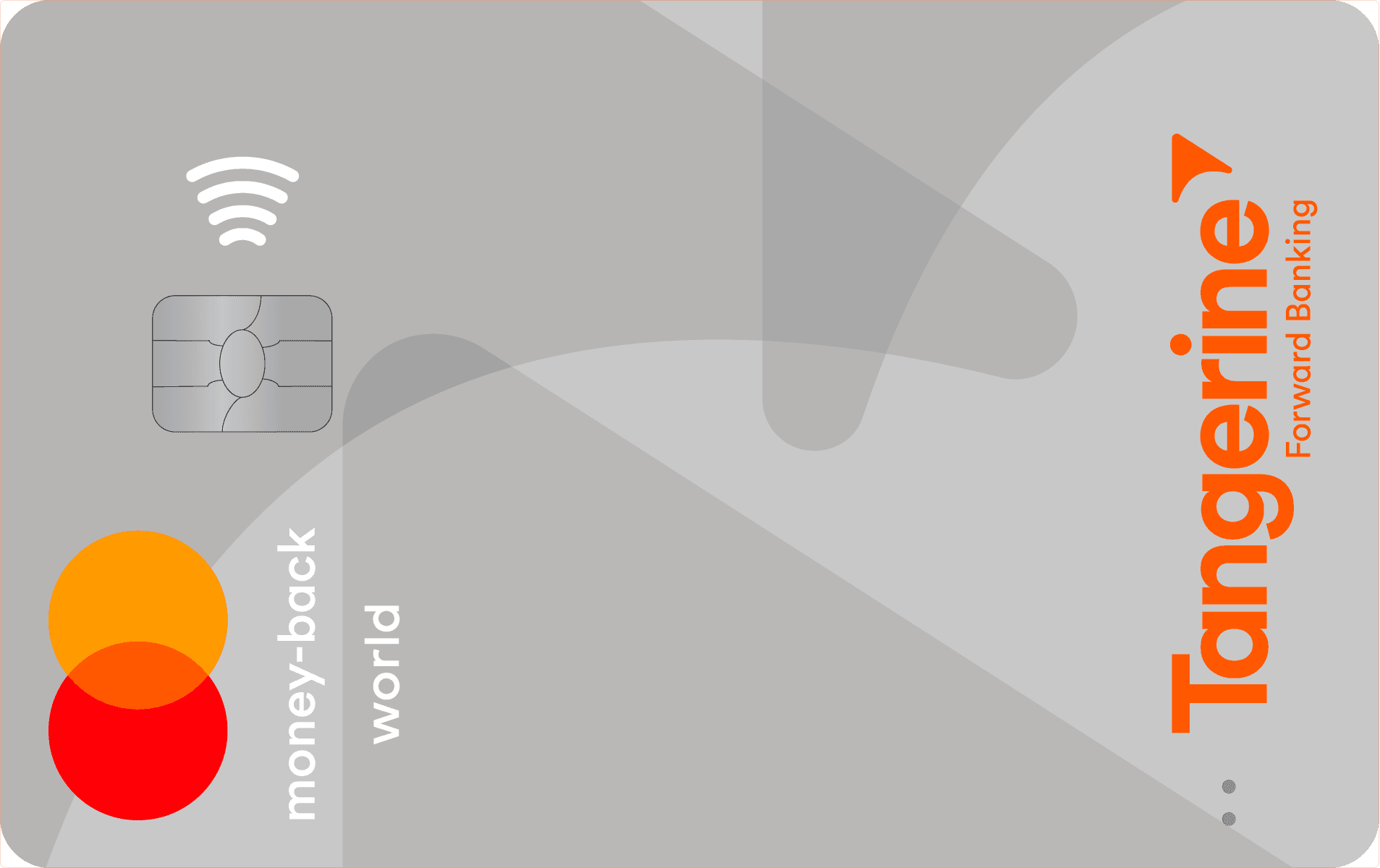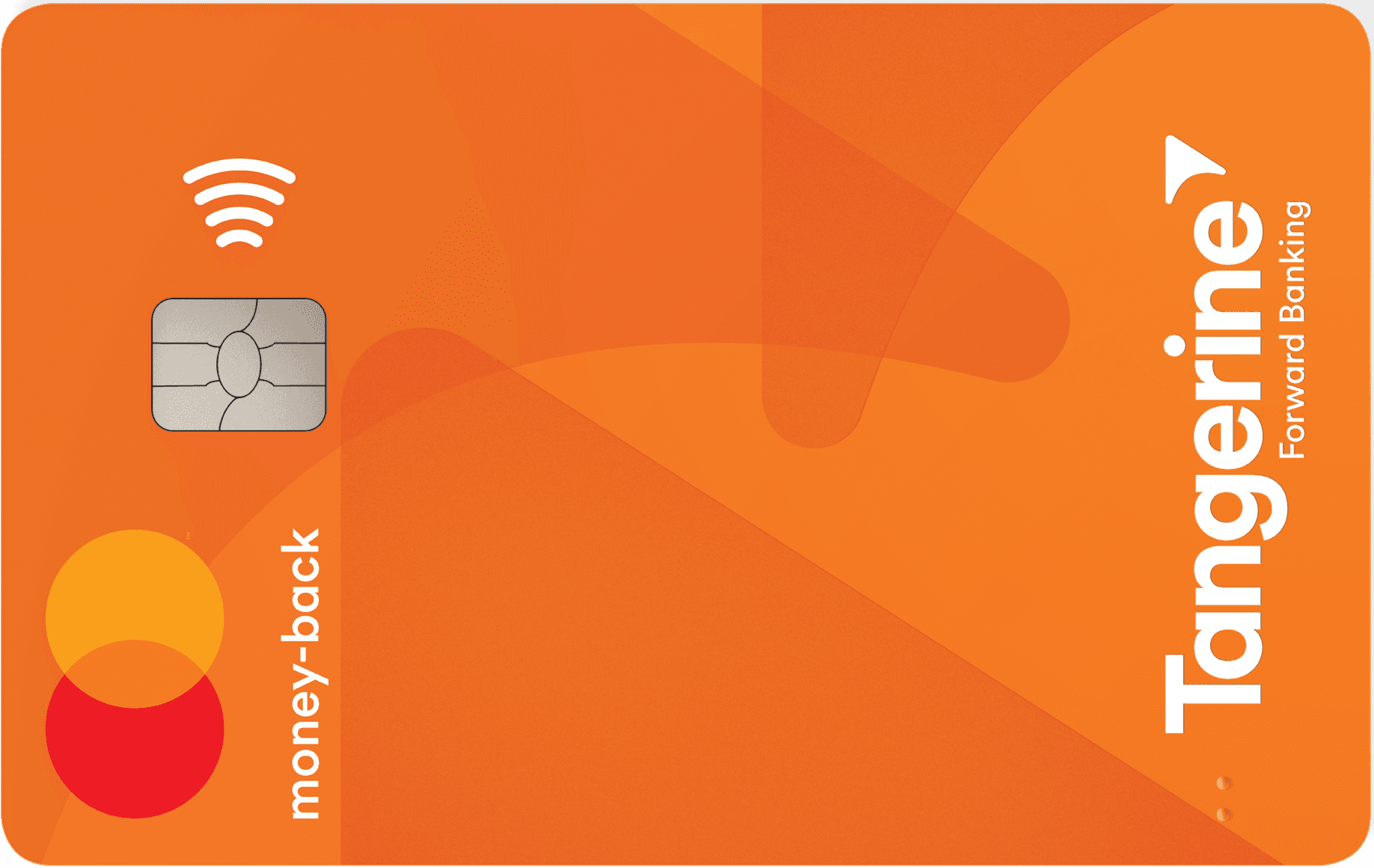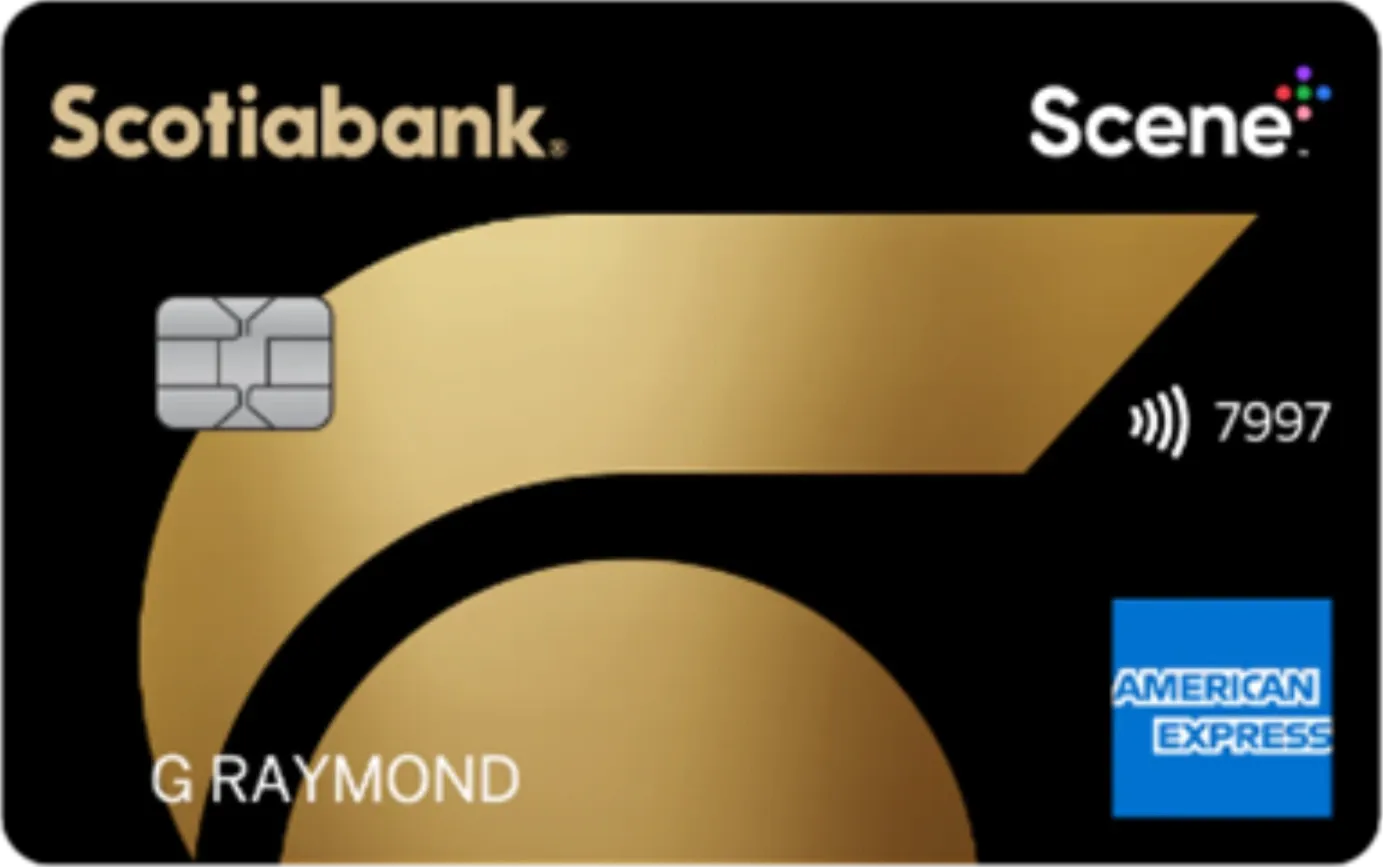Working hard in the background...
Emergency Fund: What It Is and Why It Matters
Published Nov 22, 2025 3:26 PM • 4 min read
An emergency fund can be a lifeline when the unexpected occurs. Maybe your car requires a repair, your dog needs sudden surgery, or you got let go from your job. In these cases, extra cash can make all the difference.
Ultimately, this fund can help you avoid debt and loans, and most importantly, have peace of mind no matter what happens.
What is an Emergency Fund?
In short, an emergency fund is extra money stashed away for unexpected situations, including:
- Job loss
- Medical, veterinary, or dental emergencies
- Unexpected home or vehicle repairs
- Identity theft and more
The money inside your emergency fund should always be readily available. In other words, you should be able to pull it from your account in a pinch.
An emergency fund helps cover surprise costs or a few months of living expenses until you can get back on your feet.
When to Start an Emergency Fund
In all honesty, the best time to start an emergency fund was yesterday. The unexpected can happen spontaneously and you might find yourself in need of extra cash today. With this in mind, you should start an emergency fund as soon as possible.
Starting now also gives your fund time to grow, as you can make monthly contributions and, in some cases, earn interest on deposits.
Where to Set up an Emergency Fund
Gone are the days of stuffing an emergency fund under a loose floorboard, inside your sock drawer, or between your mattress and boxspring. Instead, stash extra cash into a savings account, preferably a high-interest savings account. You’ll want to keep this account separate from other savings, to avoid the temptation to take money out for an upcoming trip or a new set of wheels.
You’ll also want to ensure this savings account is easily accessible, meaning you can withdraw money at any time with low to no penalties or fees. Ideally, the account should also earn you some interest, stacking bonus cash on top of routine contributions.
Interest rates and withdrawal policies differ by issuer. The Government of Canada site provides an Account Comparison Tool to help Canadians find their ideal savings account based on their financial situation and goals.
How Much to Save Inside an Emergency Fund
The best way to begin saving for your emergency fund without dipping into your monthly budget is to start small. Remember, essential expenses are still top priority. In fact, many people suggest following the 50-30-20 rule, a budgeting strategy that allocates 50% of your income to necessities (like food, rent, and utility bills), 30% of your income to non-essential expenses (like new clothes), and 20% of your income towards savings. Basically, a fraction of that 20% should be going towards your emergency fund and you can put the rest towards your first home or retirement savings.
You can decide whether you’ll contribute to this fund weekly or monthly and if you’ll deposit $5 or $500, ultimately determining your own timeline. The end goal for your emergency fund is to have about three to six months of living expenses or income saved up; something to dip into and keep you afloat while you figure things out.
For more tips on how to save money, check out our Money Saving Plan.
How to Feed your Emergency Fund
Aside from the interest rates of a high-interest savings account, the key to growing your emergency fund is consistency and conscious spending.
Automate Contributions
The best way to make monthly or weekly contributions stick is to set up automated payments. You can arrange for money to be transferred to your account on pay day, depositing cash into your fund without lifting a finger. As the saying goes: “set it and forget it!”
Cut Back on Unnecessary Transactions
You no longer need to dig into the couch cushions to find extra cash to contribute. Instead, look at your monthly statements. Are there any subscriptions you rarely use? Any costly habits you can break? If so, take the money you would have been spending on said expense and place it inside of your emergency fund instead. This might mean limiting your streaming to one service provider, or packing a lunch instead of buying it.
Save Bonuses and Refunds
When you finally get your hands on a tax refund or your quarterly work bonus, it can be tempting to want to treat yourself. However, if you’re working on building an emergency fund, it’s best to remain responsible with extra cash and to contribute it towards your savings until you hit your goal amount. In this case, you would wait until you have about six months of living expenses or income inside your emergency fund.
Conclusion
Money should be the last thing you worry about during a crisis. Alleviate this pressure point by setting aside an emergency fund equipped with enough cash to cover the unexpected. Not only does this savings tactic help keep you out of debt, it also combats money stress before it occurs.
Open a savings account today, make contributions, and watch your deposit grow into your best defence against financial strain.
Frequently Asked Questions
In this case, a “real” emergency is something that happens unexpectedly and threatens your financial stability. Examples of such might be job loss, a medical crisis, or the sudden need for a major car or home repair.
Experts often recommend saving about three to six months of living expenses or income inside your emergency fund. This amount acts as a cushion in case you lose your job, are unable to work, or need to pay for surprise repairs or medical procedures.
You should keep your emergency fund inside of an easily accessible savings account. This way, you can pull money from the account as soon as you need it, preferably without any large fees or penalties. At the same time, however, you’ll want this account to collect interest on your balance so your emergency fund can grow while it sits untouched.
When building your emergency fund from scratch, always start small. This will keep you from becoming discouraged and will encourage you to gain momentum instead. First and foremost, try to open a savings account that earns you interest, then automate contributions on a monthly or weekly basis. If you’re having a hard time scrounging up extra cash, take a look at your current expenses and see what you can cut back on and contribute that amount instead. Ultimately, consider your emergency fund a priority point in your budget, not just a place for leftover money.
Trending Offers

MBNA Rewards World Elite® Mastercard®

Tangerine® Money-Back World Mastercard®*

Tangerine Money-Back Mastercard

Scotiabank Gold American Express® Card
About the author

Sara Skodak
Lead Writer
Since graduating from the University of Western Ontario, Sara has built a diverse writing portfolio, covering topics in the travel, business, and wellness sectors. As a self-started freelance content ...
SEE FULL BIOAbout the editor

Lauren Brown
Editor
Lauren is a freelance copywriter with over a decade of experience in wealth management and financial planning. She has a Bachelor of Business Administration degree in finance and is a CFA charterholde...
SEE FULL BIO